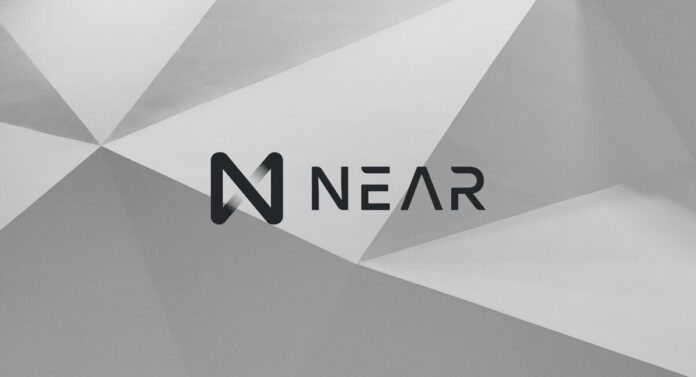
Near Protocol and Layer Zero announces the integration of their services and blockchain technology, aiming at the expansion of interoperability with the ecosystem of decentralized applications that make use of Layer Zero.
In a significant move that drives interoperability across the blockchain landscape, Near Protocol, a low-cost and scalable smart contract platform, has integrated with the Layer Zero protocol. This integration allows developers and users to seamlessly transfer assets and data between Near and other Layer Zero-compatible blockchains such as Ethereum, Solana, and Avalanche.
Layer Zero and Near Protocol are coming closer
Recall that layer zero is an omnichannel interoperability protocol. A protocol that allows the creation of cross-chain applications that can use a low-level communication channel to communicate with each other. In this way, Layer Zero aims to redefine the scope of blockchain applications. This by allowing them to communicate freely regardless of whether they are deployed on different blockchains, as long as Layer Zero has them integrated into its protocol.
Thus, the integration of Near Protocol into the Layer Zero protocol is a significant development in the crypto space as it strengthens Layer Zero’s position in the market and paves the way for a more scalable, secure, and efficient blockchain ecosystem. With this integration, Layer Zero is poised to meet future challenges and provide a robust environment for the continued growth of decentralized applications and transactions on the network.
Near Protocol, for its part, is a platform A scalable, low-cost smart contract blockchain that is designed to be easy to use and develop on. The platform uses a sharding approach to scale, allowing Near to handle a large volume of transactions without compromising security or decentralization.
An important integration for Layer Zero
With this integration, Layer Zero will benefit greatly by integrating Near’s scalability and security, improving its ability to support a larger number of transactions and decentralized applications. This boosts the long-term growth and viability of the Layer Zero protocol by strengthening its infrastructure and positioning the network to meet future challenges in the cryptocurrency ecosystem.
Furthermore, by joining forces, these two leading protocols are paving the way for a more robust and efficient ecosystem. The incorporation of Near Protocol’s technology into the Layer Zero protocol offers a scalable and secure solution that can cater to the growing demands of decentralized applications and transactions on the network. This partnership also underlines both platforms’ commitment to continued innovation and the development of cutting-edge solutions in the crypto space.
Big benefits
The integration of Near Protocol into the Layer Zero ecosystem brings with it several significant benefits:
- Greater interoperability: Developers can create decentralized applications (dApps) that leverage Near Protocol's strengths, such as low cost and high scalability, while connecting to other blockchain ecosystems.
- Cost reduction: Users can transfer assets and data between blockchains more efficiently and cheaply, avoiding high fees and long wait times.
- Scope Expansion: Near Protocol projects can access a broader user base and leverage the liquidity and resources of other Layer Zero-compatible blockchains.
Impact on the blockchain ecosystem
The integration of Near Protocol with Layer Zero is a positive development that will contribute to the maturation and growth of the blockchain ecosystem. By facilitating interoperability, Layer Zero and Near Protocol are paving the way for a future where blockchains can effectively co-exist and collaborate.
Overall, the integration of Near Protocol into the Layer Zero protocol marks an important step towards greater interoperability and a more unified blockchain ecosystem. This collaboration will enable developers to create more innovative applications and users to
Continue reading: Near Protocol and Polygon close a collaboration to expand the L2 ecosystem and increase interoperability



